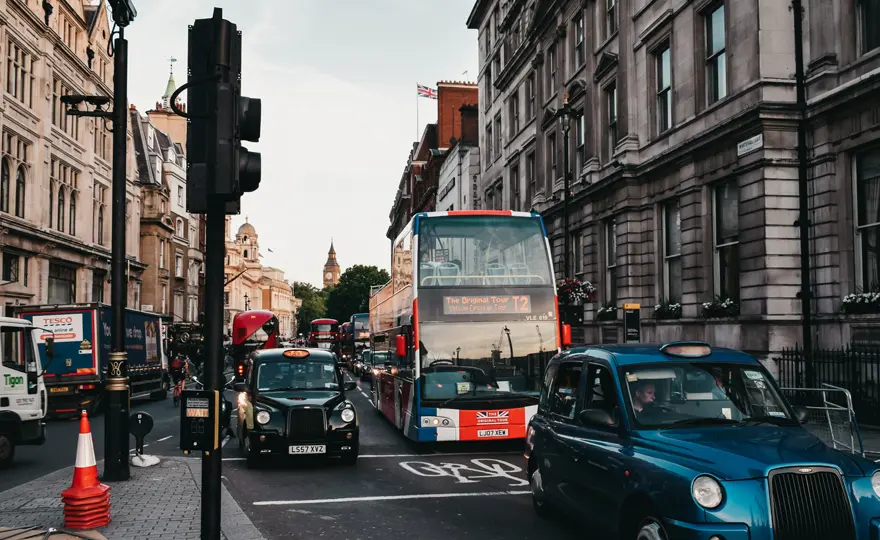ClientEarth Communications
3rd September 2021


Air pollution is damaging people’s health and cutting lives short. It affects us all – from when we are in the womb through to old age. But some people are far more vulnerable to toxic air, including children, older people, and people with chronic illnesses. And across Greater London, as in many other places, we’re seeing some people disproportionately exposed to higher levels of air pollution, including people from low income households, people from ethnic minorities, and outdoor and transport workers.
In addition to disproportionate exposure, a study by the University of the West of England found that in the UK people from low income households tend to contribute less to the problem by being less likely to own a car and less likely to use it as often as people on higher incomes.
The Government’s own research shows that Clean Air Zones (CAZs) are the most effective way to quickly reduce illegal and harmful levels of air pollution in urban areas – a guarantee that they protect people’s health, fast.
London first launched a Low Emission Zone (LEZ) in 2008. This covers the whole of Greater London but crucially only applies to heavy duty vehicles, such as lorries, buses and coaches. It does not affect emissions from cars, which are the biggest source of illegal air pollution in the city, or vans.
In 2014, in response to increasing pressure, including ClientEarth’s first legal challenge against the UK Government for failing to meet legal limits of air pollution, the then Mayor of London proposed an ‘Ultra Low Emission Zone’ (ULEZ) for central London that would apply to all vehicles, including cars, from October 2020.
The ULEZ has subsequently paved the way for CAZs put forward by the UK Government. They work by setting minimum emissions standards and vehicles that do not meet these standards are discouraged from entering the zone by having to pay a charge if they do.
Whilst the initial proposals for the ULEZ were a welcome first step it was clear that a bigger, better ULEZ was needed sooner to ensure that legal limits for air pollution were met in London in the shortest time possible.
Following further legal victories against the UK Government, the current Mayor of London consulted with Londoners and brought forward the implementation of the ULEZ by 17 months. It launched in 2019 and we know it’s already working.
In the first 10 months of the central London scheme, the city saw a significant improvement in the air quality. The number of the most polluting vehicles dropped by 17,396 on average: a reduction of around 49%. Without bold policies like this, it would have taken a whopping 193 years from 2016 for London to meet legal limits for nitrogen dioxide.
The Mayor of London has also committed to expand the ULEZ to the North and South Circular Roads.
This expansion will launch on 25th October 2021, making the ULEZ 18 times bigger than it is currently and therefore able to contribute to protecting the health of far more Londoners. This will be a huge step forward for clean air in the capital.
The ULEZ expansion, in combination with other air quality policies in London, is also projected to reduce the exposure gap between the most and least deprived areas by 71% and the gap between areas with the highest and lowest proportion of residents from ethnic minorities by 81%.
However, the Mayor needs to go further to make sure that everybody across Greater London is protected from illegal and harmful levels of air pollution. The ULEZ needs to work for the whole city and action is also needed to tackle hotspots.
We also need supporting policies in action alongside the zones that encourage cleaner forms of transport, and address other increasingly worrying sources of air pollution, in the long run if we’re going to fully protect everyone from toxic air.